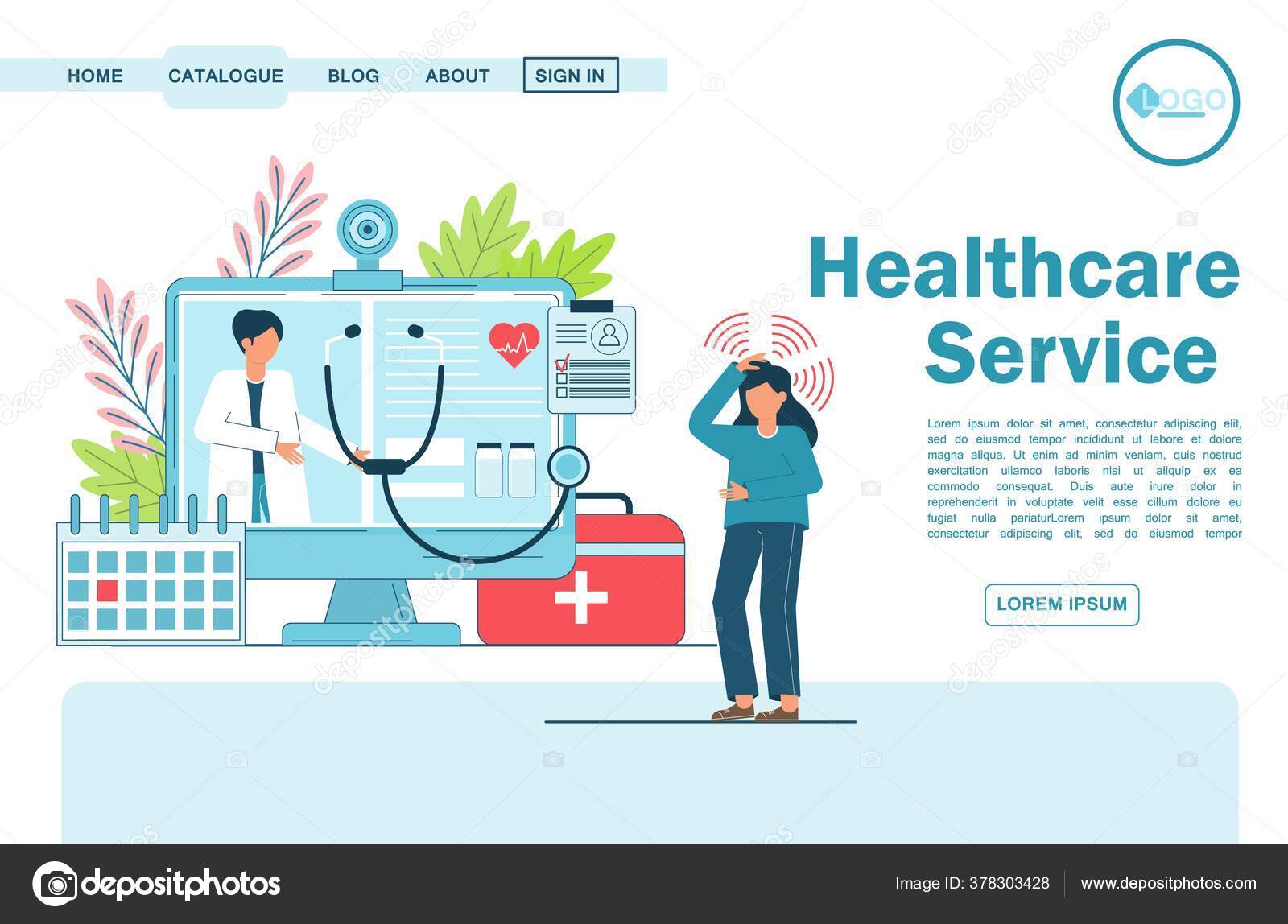The Influence of Subscription Based Healthcare on Typical Medical Practices
The Influence of Subscription Based Healthcare on Typical Medical Practices
Blog Article
Recognizing the Cost-Effectiveness of Subscription-Based Health Care Versions
As the medical care landscape advances, subscription-based models emerge as a compelling alternative, assuring to redefine how individuals manage medical costs. Examining these designs' cost-effectiveness demands a nuanced contrast with typical insurance, taking into consideration both financial implications and patient fulfillment.
Introduction of Subscription-Based Designs
Subscription-based health care designs, often referred to as direct health care or attendant medicine, are significantly obtaining interest as a potential option to ineffectiveness within standard health care systems. These designs operate the principle of offering patients straight accessibility to medical care carriers via a regular monthly or annual charge, bypassing the demand for standard insurance coverage mechanisms. This arrangement intends to improve patient-provider interactions by lowering management problems, which typically hinder customized and prompt treatment.
At the core of subscription-based models is the emphasis on a much more customized patient experience. Individuals take advantage of boosted access to their doctors, frequently consisting of same-day or next-day appointments, prolonged assessment times, and straight communication channels such as phone or video calls. This version promotes an aggressive method to medical care, where individuals and service providers can collaboratively focus on preventative treatment and chronic illness monitoring.

Cost Contrast With Typical Insurance

Among the primary economic advantages of subscription models is transparency in costs. Patients pay a predictable cost, which can simplify budgeting and financial preparation. Furthermore, these versions normally remove co-pays and deductibles for protected services, reducing out-of-pocket investing. Alternatively, standard insurance coverage might be much more useful for individuals requiring specialized care or costly therapies not covered under a subscription design, as they take advantage of the more comprehensive protection network and cost-sharing mechanisms.
Nevertheless, cost-effectiveness is context-dependent. While subscription designs may use financial savings for those largely requiring main treatment, people with chronic conditions or specialized healthcare requirements may find conventional insurance more comprehensive. Consequently, evaluating certain medical care demands and possible use is crucial in establishing the most affordable alternative for individuals.
Influence On Patient Contentment
Patient fulfillment within subscription-based healthcare models usually reflects a considerable improvement over conventional insurance coverage systems. This enhancement is primarily credited to the customized care and accessibility these models provide. Patients often report higher fulfillment because of decreased wait times and the ease of scheduling appointments. Unlike traditional systems, where people might experience hold-ups in obtaining treatment, subscription-based versions guarantee even more direct and timely communications with healthcare companies.
In addition, the openness in expenses related to subscription-based medical care alleviates the usual stress associated with unexpected costs and complex billing procedures seen in conventional insurance (subscription based healthcare). Individuals appreciate knowing the precise economic dedication upfront, leading to increased trust fund and self-confidence in their health care monitoring
Furthermore, the focus on precautionary treatment and health in membership designs adds to boosted wellness results, better enhancing individual fulfillment. By focusing on ongoing wellness upkeep rather than episodic care, people experience a more continuous and holistic healthcare journey.
Additionally, the boosted provider-patient relationship fostered in these designs, characterized by more time invested per client and customized attention, plays a vital duty in elevating client complete satisfaction levels, as people really feel really cared for and recognized.
Service Provider Experiences and viewpoints
From the supplier's point of view, subscription-based healthcare versions supply a transformative strategy to providing medical services. These designs emphasize a positive and preventative medical care approach, permitting suppliers to concentrate on detailed client care without the restraints of traditional fee-for-service plans (subscription based healthcare). This change in focus typically causes boosted individual results and boosted provider satisfaction, as medical care professionals can allocate more time and sources to person interaction and personalized treatment strategies
Furthermore, membership designs assist in foreseeable profits streams, which boost economic security for doctor. This predictability enables boosted resource planning and appropriation, adding to a much more reliable healthcare shipment system. Companies can purchase personnel training, modern technology, and infrastructure improvements, thus improving the top quality of treatment offered.
However, the transition to subscription-based versions is not without challenges. Carriers need to adjust to new functional structures, which can involve considerable changes in payment methods and patient monitoring systems. Additionally, there is an integral need for durable information management to track patient outcomes and guarantee top quality treatment. In spite of these obstacles, numerous service providers locate that the benefits of boosted client communication and streamlined operations surpass the initial difficulties, making subscription-based designs an eye-catching alternative.
Future Potential Customers and Difficulties

A primary obstacle is regulatory conformity, as subscription versions need to stick to progressing health care plans and insurance policy demands. This requires continual adjustment and development to ensure placement with lawful standards. In addition, integrating these versions into existing health care facilities can be complicated, calling for considerable investments in technology and training.
There is likewise the prospective threat of producing inequities in medical care access, as registration models might prefer those who can manage them, leaving susceptible my review here populations underserved. Resolving this needs thoughtful factor to consider of pricing techniques and subsidy devices to make sure inclusivity.
Verdict
Subscription-based healthcare models present a practical alternative to standard insurance policy by providing financial predictability and openness, specifically benefiting people with chronic conditions or frequent healthcare requirements. The cost-effectiveness of these versions is contingent upon individual health care use patterns and circumstances.
Subscription-based healthcare designs, in some cases referred to as direct main care or concierge medicine, are progressively obtaining focus as a possible option to ineffectiveness within conventional health care systems. Unlike standard systems, where patients might experience hold-ups in getting treatment, subscription-based models make sure even more timely and direct communications with healthcare companies.
These versions highlight a preventative and aggressive medical care strategy, permitting suppliers to concentrate on thorough patient care without the check restraints of standard fee-for-service arrangements. As these designs continue to acquire traction, they provide the prospective to reinvent client accessibility to care, enhance service delivery, and maximize medical care spending.Subscription-based health care models present a viable choice to conventional insurance policy by offering monetary predictability and transparency, particularly benefiting individuals with persistent problems or frequent medical care needs.
Report this page